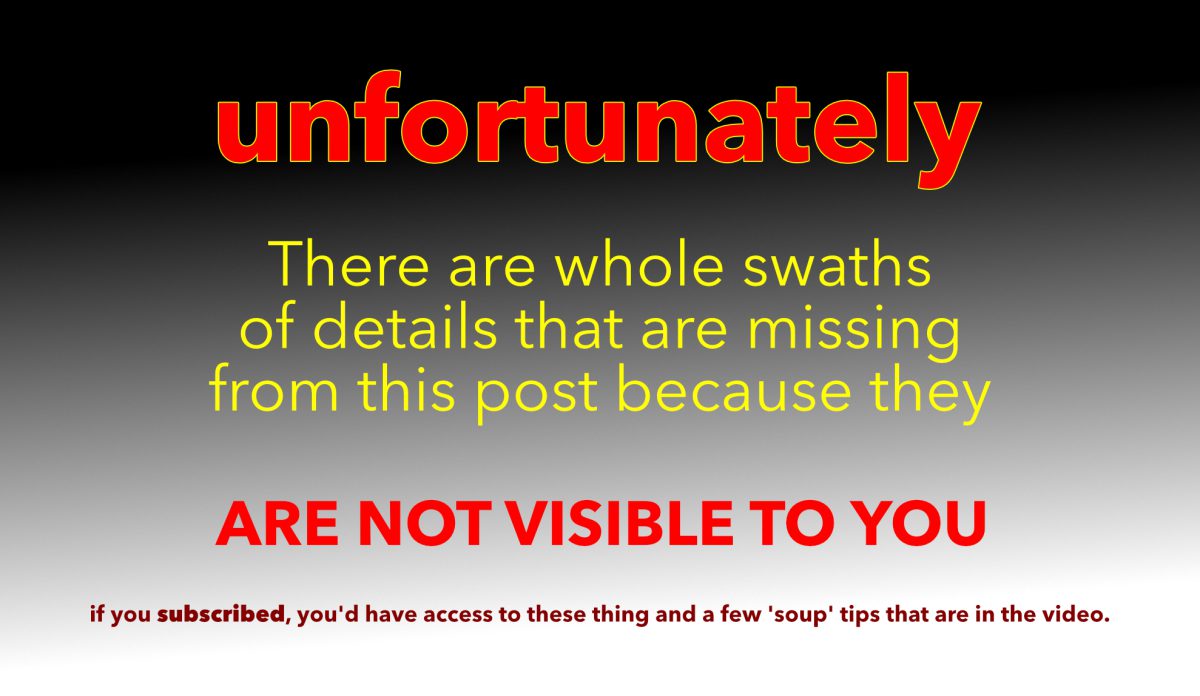Of the Seven Basic “Moves” for the Follower, the Argentine Cross is probably the most overused and, at the same time, least understood and quite honestly, least explored by the modern Tango dancer. It’s just accepted that it happens.
Just imagine for a moment, that you’re dancing along as a Lead or a Follower and you’re dancing the same Argentine Cross again, and again, and again. After about 5th or 6th time, it would become so rote that you’d stop thinking about it and it would happen by default. No artistry, no distinction, nothing. That is precisely what has happened with the modern version of this idea. The cross has become so ubiquitous that we have stopped exploring it and mining it for its rather unique properties. Like for instance the mere fact that it is the only time in any couple social dance where the Follower willingly (a very important distinction) crosses their feet! Or the singular distinction that there are about 256 Variations of the Argentine Cross, and yet…you only know one of them ?
Yup. You read that rightly…TWO HUNDRED & FIFTY-SIX different combinations.
Have you seen the Argentine Cross video ? You may want to go look at that, as it’s the foundation of this video. Without it, these are just interesting ideas but they have no context. The Argentine Cross video is what makes this entire video possible. It’s also FREE if you register. Just scroll to the bottom of this page, and register! And then follow the link below. You’re welcome. 🙂

What is a ‘Variation’ of the Argentine Cross ? It is an alteration, a deviation from the ‘Normal’ Argentine Cross, and while the steps themselves don’t change, the direction and options for the Cross do change. This is a ‘variation’. The way that we get to Two-Hundred & Fifty-six is first we accept the direction of the cross. Meaning that it generally goes to the Lead’s left/Follower’s right and walks in Parallel system. The Lead generally steps ‘outside partner’ to the Follower’s right (Lead left) and the Follower crosses their feet (Left over Right). This is a ‘Normal’ Cross. However if we instead step not outside partner Right, but outside partner LEFT (the Lead’s Right this time), and complete the cross that way (Follower crosses Right over Left). This would be a Mirror Image or a Mirror Cross in Parallel System! There are two other parallel crosses sitting here, and it requires us to visualize that if there is a Normal Cross, and a Mirror Cross, then there must be an Inverted Cross and an Inverted Mirror Cross, where in both cases the Follower would cross behind not in front. These are the Four Parallel System Crosses: Normal, Mirror, Inverted Normal, Inverted Mirror (N, M, IN, IM). Aside from Parallel system we have Cross System walking which we can apply to these Crosses, so instead of 4 Crosses, we just doubled to 8 because we’re doing these same crosses, only not in Parallel System, but Cross System! These are the common variations. There are 5 more types of variations, which each time that you add another variation type, it doubles the number of available Crosses. Thereby taking it from 4 to 256 variations!
Why Do You Need This ? Actually, you don’t. The reality is that while these variations can be danced, and used once in a while as spice or accent material, they’re not meant to be danced! Yup. You read that correctly. They’re not meant to be danced. So why are they here ? They’re there to expand your functional Tango Brain of what is possible with Argentine Tango. This video is all about something that Tango Topics talks about in nearly every post, and it’s never more present than in this one video that exemplifies what we talk about: Options & Opportunites. This video is the epitome of the ideal to expand your foundation, to work your foundation in a myriad of different ways. The video is meant as a way to spark the question “What if…” ? To get you to start asking questions by showing you a venerable piece of Tango vocabulary that is used every day, and turning it on its proverbial ear. 🙂 Whether or not you ever dance this stuff, remember it’s not about the dancing part, it’s about the mind expansion part! To get you to think outside your proverbial Tango box!

About The Video. This video comes in at 28m:25s in length in 7 Sections. This video contains has no Lead or Follower Technique. This is a process video for you to explore ideas.
Introduction – 04:37
All 4 Modifiers – 02:54
All 7 Multipliers – 11:58
Why ? – 02:02
A Few Ideas – 03:28

